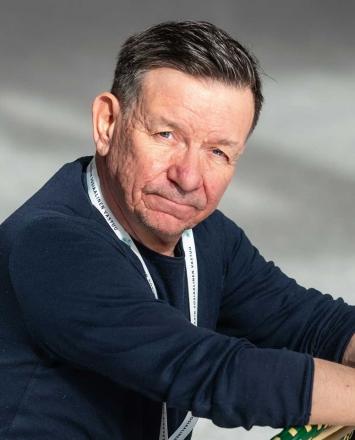Critical Applications Secured with Consultative Engineering
Vibration and shocks can break machines and buildings. The engineering of shock absorbers and vibration isolating technology should be completed in the planning phase.
Engineering isn’t the first thing that comes to mind when companies examine ways to protect their profitability. But that is exactly what a toy maker and leading global provider of PET solutions are focused on. The toy maker runs injection-moulding machines, which can exert more than 100 tons of pressure, to create figurines in seconds.
The PET company operates assembly lines with blow moulding equipment that produces 50,000 liquid-packaging units per hour. Both companies employ moulds that open and close tens of thousands of times per day, to create their respective products. Every second equals money. And protecting the moulds from shattering due to the repeated force that opens and closes them is critical. It is something engineers from ITT Control Technologies GmbH have a passion for.
ITT engineers design and manufacture damping and vibration isolation systems in consultation with their clients. The toy maker is examining RoHS-compliant ECO Series Shock Absorbers to protect its injection-moulding equipment. When managers at the toy-making factory want higher output on the assembly line, it puts added stress on the injection-moulding machines. To combat that stress, finely tuned shock absorbers, which contain bio-degradable hydraulic oil, dampen the force that occurs when moulds open and close with increasingly greater speed.
Protecting Profits
Protecting the equipment from the damage that can come from accumulated shock and vibration is also protecting profits. At low production speeds, shock and vibration aren’t as much of a concern. But vibration, which is defined as a sustained reaction produced by machinery, often happens when equipment is operating between 400 to 6,000 cycles per minute. Shock is the result of reciprocating action in equipment running at about 60 strokes per minute.
Vibration is a two-pronged problem because the machine can vibrate from operation. But the factory, or building, in which the machine sits can vibrate from external causes. When the factory vibrates, this can affect the operation of precision equipment. This generally isn’t a problem because the shock and vibration are typically from the movement of the machine itself. The only other potential cause would be a machine located nearby that could be transmitting vibration through the floor into other sensitive equipment.
Often people that buy production machinery do not think about the effects of shock and vibration until they have installed, for example, an injection moulder, lathe or press in their plant. When factory owners look for a way to reduce shock and vibration in their equipment, ITT’s engineers consult with them to design a system to attack the problem.
The solution is far easier though, when machine builders come to a shock and vibration control expert as they consider the purchase of a machine. It’s much easier to design and put in place a vibration and shock isolation system before the manufacturer has installed the equipment. That’s because the installation process is streamlined and the equipment doesn’t have to come offline to retrofit a shock and vibration isolation system.
Factory owners and equipment makers have to decide on the degree of isolation needed and calculate the operating speed at which machine vibration occurs. If you have a viscous damper performing, for example, too loosely or too rigidly, a machine owner needs to focus on the damping rate or performance. This is where engineering helps. Engineers can calculate the sizing for the damper based on certain percentages of damping from zero to 100 percent. At zero percent damping, a machine would experience very large vibrations and displacement, in other words a lot of movement. If, however, the damping percentage were sized to 100, the effect would be nearly rigid. With the vibration or shock properly dampened, design engineers and machine builders working together can control the destructive forces of the machine.
Protecting Performance
Finding the optimum performance is where consultative engineering comes into play. While machine builders can use a wide variety of catalogues to find damping and vibration isolation technology, it can be difficult to tune these individual products or design a system of shock and vibration damping products to achieve satisfactory reduction in transmitted forces. One of the keys to effectively isolate shock and vibration in machines is to select material that is resilient.
The ECO Series Shock Absorbers, for example, include a protective coating on the outside of the shock as well as the piston rod to resist corrosion and promote longer life. This type of shock absorber is one of the longest-lasting products in the industry to maximize its customers’ output and profits. This means less maintenance for the manufacturer and less time that any equipment is turned off, which in turn means extending production of toys, packaging or whatever material a plant makes.
Wire Rope Isolators consist of stainless steel stranded cable threaded through aluminium alloy retaining bars mounted for shock and vibration isolation. Engineers often pick elastomer products, like rubber mounts, to mitigate shock and vibration. That’s because elastomers are cheap, as low as €2.25 a piece, and customers don’t always consider the benefits of wire rope isolators.
When the wire rope isolators’ strands flex from vibration input or shock impulse, they convert kinetic energy into thermal energy, which then dissipates to the atmosphere. This protects whatever product the wire rope isolator is cushioning as it acts to decouple the equipment from the vibration or shock source. GPS gear mounted to an agricultural tractor, or communications equipment aboard a ship are applications where wire rope isolators have been used.
The increased deflection capability of the wire rope isolator enables the product to withstand shock and protect equipment, deflecting up to 2.54 cm or more under a high force shock impulse. Under similar conditions, an elastomeric compound gets very stiff and may deflect only 0.152 cm to 0.254 cm. The larger wire rope isolators used by ITT partners such as Siemens can deflect up to 6 inches under extreme input conditions, while supporting up to 2,200 kg per isolator.
The wire rope isolator also withstands temperatures as high as 260°C, chemicals, and ozone without compromising performance. In contrast, heat and weather degrade elastomers. And washdown environments corrode them. Wire Rope Isolators enhance protection. When sized properly with the help of engineers, the wire rope isolators can outlast the equipment that they support.
Engineering an Optimal Design
Designing and finely-tuning a system of shock absorbers and vibration isolating technology is what makes the difference. There are many companies that sell products, such as mounts and elastomers, to isolate vibration; but these firms don’t provide the engineering knowledge to create an optimal design for protecting machinery and, of course, profits.
The engineering work ranges in size and scale from small to large. Projects employing smaller scale solutions include wire rope isolators that underpin the electronics for a motherboard in a laptop computer attached to the console of a police car. As the police officer encounters different road surfaces and terrain, his computer is protected from the shock and vibration from road surface to car and driver.
To quiet the harmful effects of vibration from machines like air compressors, pumps and generators, an elastomeric isolation system provides a solution. An understanding of the dynamic characteristics of each product line allows the application of a mount system, which will provide optimal performance. The result is reduced wear and tear on structures supporting and surrounding these machines during operation.
Also available is a custom designed shock absorber (approximately 2.5 cm in diameter), which performs a critical role within an automatic circuit “recloser” for overhead electric power transmission equipment. Here’s how it works: The recloser can sense overcurrents to time and interrupt fault currents, which in turn causes a high-speed actuator assembly within the recloser to trip, impacting with the shock absorber. The shock absorber safely dissipates the energy created by the actuator mechanism bringing the abrupt motion to a controlled stop position, allowing the recloser to then automatically reset, restoring electrical service. If the energy from the high-speed actuator were not fully absorbed and out of position, there could be substantial damage to the recloser, making it inoperable.
For a construction industry client GPS equipment can be mounted to heavy machinery using wire rope isolators measuring approximately 6 cm in diameter. The same technology was used for farm tractors, so farmers could tap into satellite technology to plot a faster route for preparing and cultivating their farmland.
Reducing Above-Ground Shock and Vibration
Dampening shock and isolating vibration happens overhead, too. High-flying applications have included the design of friction dampers, measuring approximately 30 to 40 cm, for the 12.5 tonne, 30.5-meter-high propellant tank on an Ariane rocket. When full, the main stage tank weighs 170 tonnes. The vibration from thrust oscillations felt when a rocket lifts off can peak at 6 Gs, and the friction forces can reach 5,000 N. The damper system reduces vibration to protect the rocket’s cryogenic tank from damage.
Another above-ground industrial application is logistics. At seaports, container ships rely on industrial cranes suspended from bridge trolleys. As cranes lift truck-size containers from docks and move them to ships, the crane operator controls the process from a cab that runs along a trolley suspended high above the work area.
Under development is shock impact safety protection for the crane operator’s cab and the trolley, so that neither cab nor trolley slams into the end of their respective tracks when moving across the container yard. To accomplish this, ITT Enidine HD/HDN Series shock absorbers decelerate the energy capacity loads, which can be up to 8 million in-lbs. per cycle for some applications. The shocks include an air-charged bladder accumulator (which replaces mechanical return springs) that provides a shorter length and reduced weight compared to competing products. The zinc-plated skin on the shock absorbers gives an added layer of protection against corrosion, especially where equipment is exposed to ocean air and sea spray. The shocks absorbers have an operating range of between -40°C and +99°C.
Protecting Profit and Power
One of the latest damping and isolation projects is protecting energy production. A partnership between the Power Transmission Division of Siemens AG and ITT has developed a system to help safeguard high voltage transmission substations from earthquakes and other earth vibration. The companies’ engineering teams began cooperating in 2012 to create and qualify custom seismic damping and isolation systems for high-voltage components – such as live-tank circuit-breakers and fixed series capacitors (FSCs) – that reduce stress by up to 50 to 80 percent.
The seismic damping and isolation system completed in 2013 includes an interconnected and finely-tuned set of viscous dampers and wire rope isolators to isolate the high-voltage components’ base from shock and vibration coming from the earth. The new seismic damping and isolation systems can be customized for each project, anywhere in the world seismic activity is of concern. The high-voltage components being protected range in weight from 4.5 tons for a circuit breaker to 45.4 tons for an FSC. Because of differing heights (some as high as 6 m) each component creates varying centres of gravity for each base and its seismic damping and isolation system to support.
Customizing a Solution to Meet Client’s Needs
ITT’s engineers can customize, recommend and fine tune damping and vibration isolations systems because they have a wide array of experience with preventing the structural failure of applications ranging from power plant turbines and bridges as well as high-rise buildings and assembly lines. Choosing shock absorbers and mounts from a catalogue without thoroughly analyzing and testing assumptions leads to less than optimal results.
To determine, for example, the right viscous damper design, companies need to consider the angle of recline and the right damping coefficient and characteristics. Investing in the engineering leads to the right damping and vibration isolation solution, which ensures machine and profit alike are protected.
About the author
Peter Bauer is Managing Director of Bad König, Germany-based ITT Control Technologies EMEA GmbH. Bauer leads sales, marketing and engineering across Europe, the Middle East and Africa. Bauer’s team consults on engineering projects related to automation, energy, heavy industry and infrastructure for ITT’s industrial business. Bauer and his colleagues also provide consultative engineering for aviation and defence projects. Bauer received a bachelor’s degree in electrical engineering from the Fachakademie – München. He can be reached at peter.bauer@itt.com .



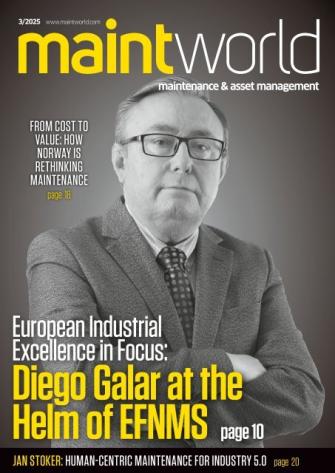






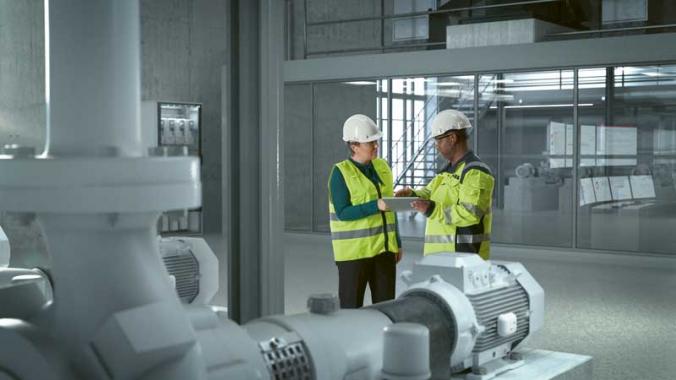
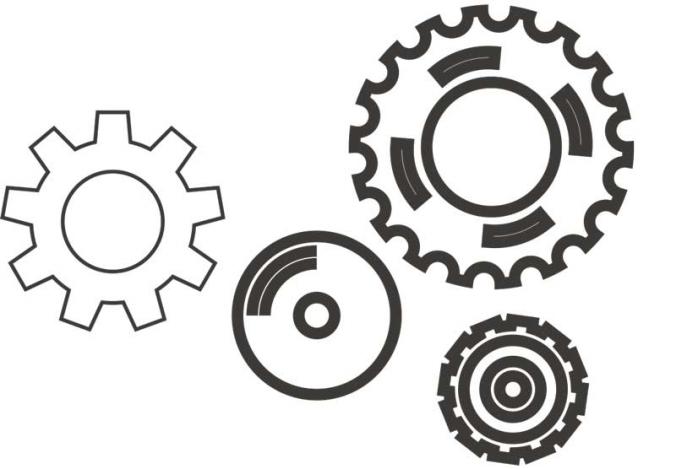
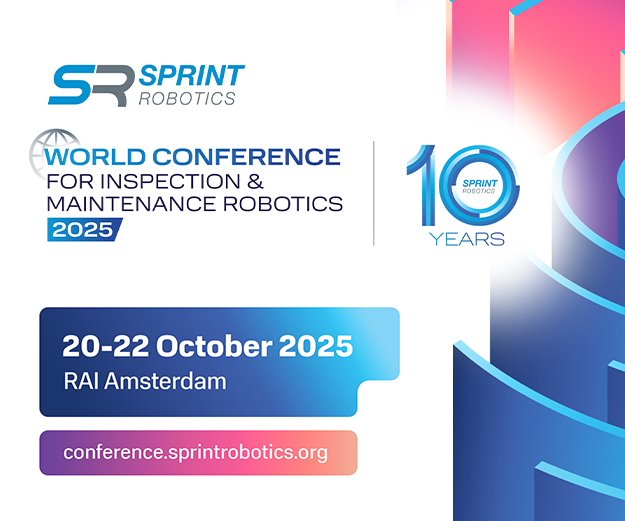
![EMR_AMS-Asset-Monitor-banner_300x600_MW[62]OCT EMR_AMS-Asset-Monitor-banner_300x600_MW[62]OCT](/var/ezwebin_site/storage/images/media/images/emr_ams-asset-monitor-banner_300x600_mw-62-oct/79406-1-eng-GB/EMR_AMS-Asset-Monitor-banner_300x600_MW-62-OCT.png)



